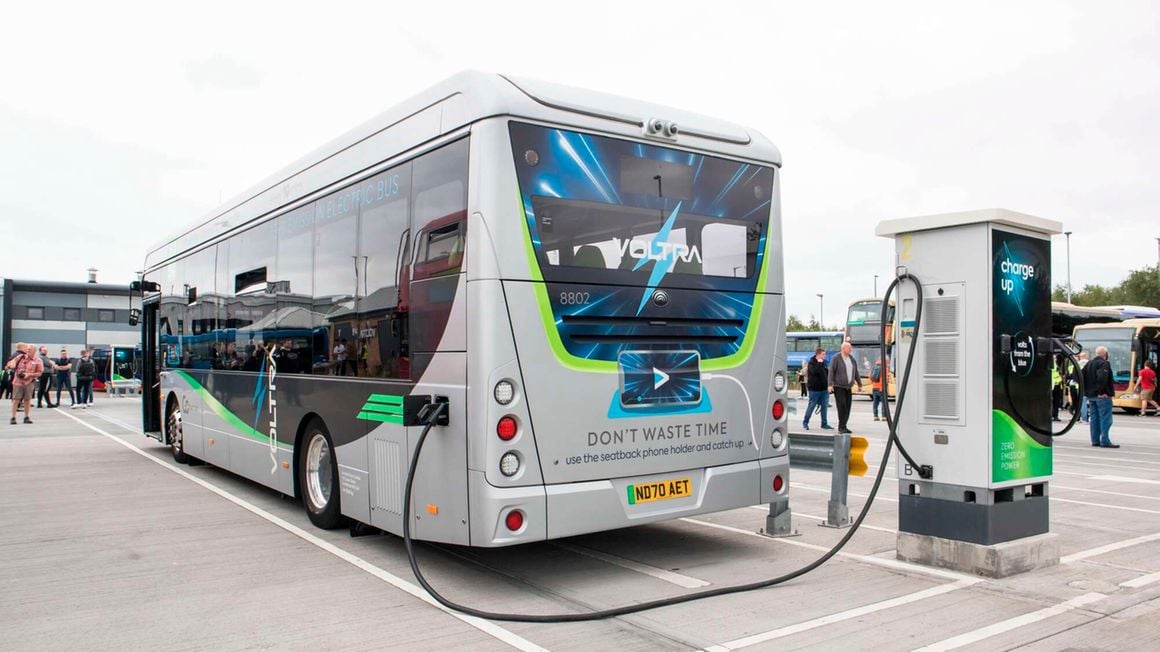
Kenya is encouraging use of electric vehicles to reduce overload on power transmission lines. PHOTO | POOL
Kenya is betting on increased uptake of electric vehicles to reduce overloading on the ageing power transmission network.
The government says electricity curtailment — any action meant to reduce the amount of energy generated within a system to balance between demand and supply — will reduce blackouts that occur when the transmission network breaks down due to overloading.
The Ministry of Transport says that the electricity curtailed daily, estimated at 1,357 megawatt hours (MWh) is enough to power 7,000 electric buses, each with a battery capacity of 180kWh-200 kWh, over a 200-kilometre distance.
Official data by Energy and Petroleum Regulatory Authority (Epra) shows that 495,437MWh of energy were curtailed between July 2022 and June 2023, translating into an average of 1,357MWh.
Read: Why e-mobility could make or break EA economies
“E-mobility can help bridge this gap (curtailment) by charging electric vehicles, especially at night. The daily curtailed energy can therefore put about 7,000 electric buses or over 200,000 electric motorcycles on the road,” the ministry says in the National E-Mobility Policy.
Curtailment of energy is mainly done during off-peak hours, when demand significantly drops. In Kenya, this mostly happens at night.
Increased demand for electric vehicles offers Kenya Power a convenient route to help secure the transmission network against overload.
Kenya Power has blamed some of the national blackouts, most recently the one that hit the country in November 2023, on overload of the ageing transmission line.
The policy by the Transport ministry fuels the government’s push to have more electric vehicles on the roads to cut carbon emissions from fossil fuels and stem adverse climatic change.
Kenya has set an ambitious target of ensuring that five percent of all new vehicle registrations are electric-powered units.
Meeting the target
But the target is unlikely to be achieved given the low number of electric units currently on the country’s roads.
Kenya had 1,350 electric vehicles, including three-wheelers, as of February this year and the number is expected to rise by the end of the year.
Read: Kenya Power to pilot transition to electric vehicles
Local electric mobility startup BasiGo and Swedish-Kenyan technology company Roam have since last year deployed at least 20 electric buses on city routes as the shift to clean mobility by PSVs gathers pace.
The two firms say that orders for the units have been increasing.
This is in addition to the growing popularity of electric cars amongt the ride-hailing operators such as Uber and Bolt.




No comments :
Post a Comment